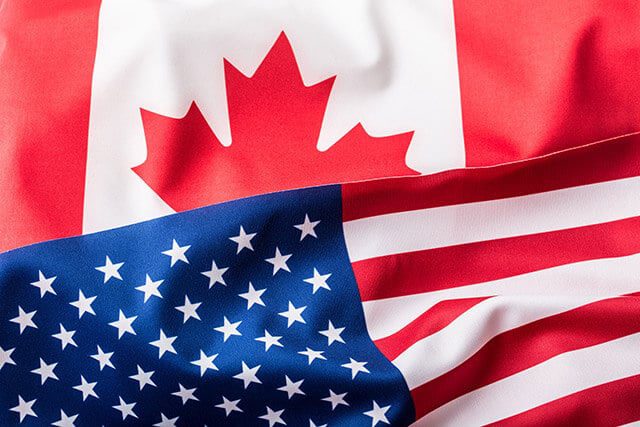Adapting Your Franchise Concept for International Markets
By Kay Ainsley, Managing Director, MSA Worldwide
Is International Franchising on the Menu?
It’s Monday morning. You open your computer and there it is – an email from someone who says they have been travelling across the U.S., and everywhere they’ve gone, they’ve eaten your product and they loved it. It was the best thing they had while in America, and now they want to bring your concept to their country.
It seems too good to be true: they have relevant experience, they are well capitalized, and you really like them. You are also liking the idea of international franchising.
But, somewhere between your specialty items being the best they’ve ever tasted, and opening in their country, comes the comment that “changes to the menu will be required to make the concept work” in their local market.
Even the smallest change can have a domino effect within the franchisor’s organization, affecting some or all aspects of support from operations manuals and training programs; to purchasing, shipping and distribution; to marketing, advertising and IT. Researching, initiating and supporting these changes can cost the franchisor significant time and money.
Required Changes to Your Franchise Concept
Generally speaking, we find that such changes tend to fall into three categories. The first category is those changes that will be absolutely required in order to gain consumer acceptance and do business in a given market. Perhaps the best example of a change in this category is the need to develop a non-pork product for a market where eating pork goes against religious beliefs.
When a product is offensive or prohibited on religious or cultural grounds, it is easy to understand why a modification to the menu is required if the concept is to be accepted by consumers in the market.
Along this same line are changes that are required by local business or cultural practices to the way the franchised business is operated.
For example, many membership-based concepts receive reoccurring payments by drafting from a customer’s credit card or debiting a customer’s bank account on a regular basis. In countries where a large percentage of the population does not have a credit card or even a banking relationship, the franchisor may need to make different arrangements or find an alternative means of accepting payment.
Some things simply do not translate well, and must be changed for that reason. Pepsi’s “Come Alive with the Pepsi Generation,” for example, translated to “Pepsi brings your ancestors back from the dead” in Taiwan. Similarly, the word “mist” is to be avoided in the German market, as it translates to “garbage.”
Changes to Adapt to the Local Market
The second grouping of changes, while perhaps not absolutely mandatory, is still necessary to meet local taste preferences or price points. Examples here range from adding or expanding the number of chicken items on a menu in countries where local tastes favor chicken over beef or pork, to offering menu items that kick the spice up a notch or two and adding a juice drink to the menu.
There may also be the need to substitute certain ingredients with a less costly local product, or to reduce the size of the portion in order to meet a certain price point. Working with your franchisee on these changes can increase your ability to compete in the market and your chance of success in the long term.
Optional Changes
The third category of changes encompasses those requests from franchisees that may best be considered optional. Optional changes are based more on the preferences and ideas of the franchisee, than on actual market research or competitive factors.
Examples would include adding a local favorite food item to the menu, or deleting an item that the franchisee doesn’t think will sell. It could also include localizing the name of certain menu items and developing a totally new advertising campaign.
We advise our clients to work with their potential franchisees to identify all necessary and/or desired changes during the franchise sales process.
Evaluating the Proposed Changes
Once the proposed changes have been identified, the franchisor’s team can go to work to evaluate the need for the change, the cost of developing and implementing the change, and the impact the change will have on the franchisor’s ability to support the change. It is important to consider not only the initial cost, but also the long-term cost of support. All operating departments should be involved, from research and development, IT, purchasing and distribution, to marketing, training, finance and legal. Suppliers, too, can be a great source of information on the business climate, culture, and what sells in a given market, and can often help to support the change.
Some changes may have such a dramatic impact on the concept and the franchisor that it is best to pass on entering the market. For other changes that can be approved, knowing the cost and how it will impact the bottom line of the franchisor and the franchisee will help in negotiations with the prospective franchisee. Determining what needs to be done, who will be responsible for getting it done, and who will be responsible for the cost of getting it done up-front helps to get the relationship off to a good start once the franchise agreement is signed.
Do you have questions about franchising internationally?
MSA Worldwide provides expert guidance on adapting your offering and choosing the right franchisees for successful international franchising. Contact us today for a complimentary consultation.





